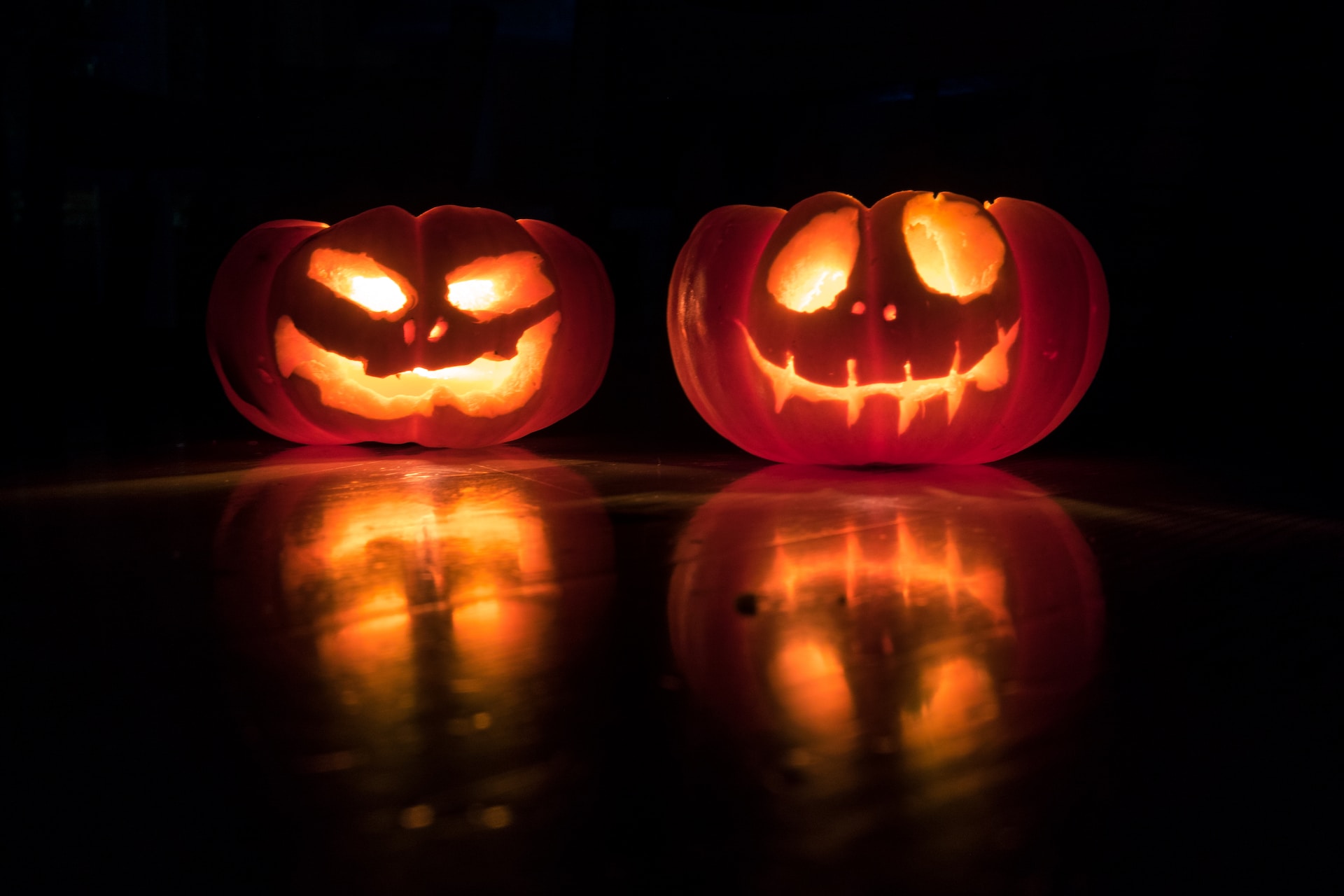Let’s embark on a journey into the fascinating world of fear, a primal emotion that, quite paradoxically, forms the essence of our strange infatuation with horror movies. During Halloween, we willingly plunge ourselves into terrifying sights and eerie sounds, all from the comfort of our couches. The thrill from these chilling experiences leaves us craving more. As we peel back the layers of the human psyche, we’ll uncover the intricate psychology of fear that drives our love for frightening films.
Fundamentals of Fear
Fear is a basic survival mechanism that alerts us to danger. It acts as a defense system, stirring our emotions and preparing our bodies for the “fight or flight” response. This psychological phenomenon is also present when we engage in seemingly harmless activities, such as playing FanDuel Casino table games. The thrill of possibly losing the game, the anticipation of every card flip, and the fear of unexpected outcomes all contribute to the excitement and suspense we experience. Like watching a horror movie, participating in these games triggers our fear responses, creating a unique blend of terror and pleasure that keeps us returning for more.
The Fear-Horror Connection
The link between fear and our attraction to horror films is deeply rooted in the human psyche. Scientists believe this connection can be attributed to our brains’ responses to perceived danger.
When we watch a horror film, our brain’s amygdala recognizes the horrifying elements as a threat, triggering the release of adrenaline. This adrenaline rush contributes to the heightened suspense and excitement we experience during a movie. However, since we are aware that we are safe and that the threats are fictitious, we can enjoy this fear-induced thrill.
In addition to adrenaline, our brain releases dopamine, a neurotransmitter associated with pleasure and reward, which further amplifies our enjoyment. Through this complex interplay of neurological responses, we find ourselves drawn to horror films, seeking the thrill they provide.
Halloween and Horror
Halloween, originating in ancient Celtic traditions, revolves around the theme of supernatural beings and the spirit world. Over centuries, these themes have been absorbed into mainstream culture and, with the advent of the film industry, found a new expression in horror movies.
The season of Halloween infuses communities with a sense of the macabre, making it the perfect time for the release and enjoyment of horror movies. In many ways, horror films have become an integral part of contemporary Halloween customs, contributing to the ambiance of fright and fun.
These films provide a cultural lens through which societal fears are reflected and explored, making our interaction with horror a complex blend of entertainment, shared experiences, and catharsis. From this perspective, our love for horror films during Halloween can be seen as a manifestation of our cultural heritage and shared societal experiences.
Common Horror Tropes during Halloween
An integral part of the Halloween charm is the abundance of horror tropes that infiltrate our movie screens, costumes, and decorations. These recurring themes or elements invoke a sense of foreboding and terror quintessential to the Halloween experience. Among the most prevalent tropes is the depiction of haunted houses, places imbued with malign spirits and fraught with paranormal activity.
Another common trope includes the portrayal of legendary monsters and villains, such as bloodthirsty vampires, flesh-eating zombies, and malevolent witches. Jump scares, sudden moments designed to startle the audience, are frequently employed to induce immediate shock.
Case Study: Popular Horror Movies and Their Impact
One cannot overlook the cultural phenomena that Psycho and The Exorcist are. Both films not only shaped the landscape of the horror genre, but also had significant effects on audience perceptions, creating a wave of terror that swept across the globe.
Alfred Hitchcock’s Psycho (1960) represents a landmark in the genre due to its shocking plot twist and the infamous shower scene. This film challenged the norms of cinema and left viewers grappling with a sense of unease and paranoia. Its success highlighted the audience’s appetite for suspense and terror, cementing the viability of the horror genre in the film industry.
On the other hand, The Exorcist (1973) was a cultural event. Its depiction of demonic possession and explicit scenes of terror left audiences trembling in fear. The movie’s success affirmed that supernatural horror could captivate mass audiences, leading to a surge in films exploring this sub-genre.
In recent years, Get Out (2017), a horror movie blended with social commentary, demonstrated the genre’s capacity to address societal issues. By intertwining horror elements with themes of racism and social injustice, it broadened the genre’s scope, proving its potential to be more than just a source of scares. It also reminded the world that horror movies can catalyze dialogues on sensitive topics.
Conclusion
In conclusion, the allure of horror films lies in the complex interplay of fear and pleasure, triggering a release of adrenaline and dopamine that makes the experience thrilling and enjoyable. These films have evolved into a significant cultural phenomenon, especially during the Halloween season, adding to the ambiance of fright and fun with their common tropes.
A deeper look into popular horror movies such as Psycho, The Exorcist, and Get Out underscores the genre’s potential, not only to entertain and scare audiences, but also to open dialogues on societal issues. Ultimately, our fascination with horror films is a testament to the intricacies of the human psyche, our inherent curiosity about the unknown, and our complex relationship with fear.
Support Halloween Love
If an item was discussed in this article that you intend on buying or renting, you can help support Halloween Love and its writers by purchasing through our links:
(Not seeing any relevant products? Start your search on Amazon through us.)

